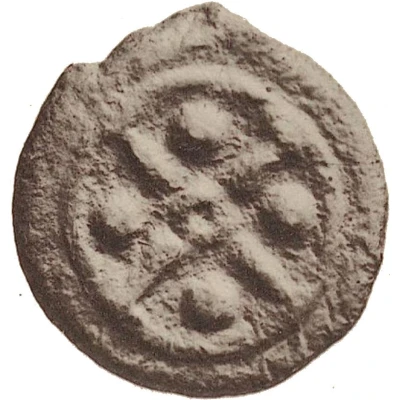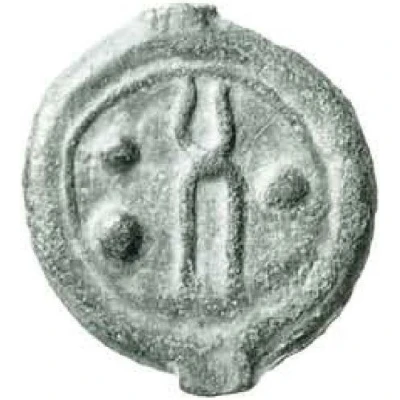


© Ernst Haeberlin; 1910. "Aes Grave". Joseph Baer, Frankfurt, Germany (CC0)
1 Triens 280 BC - 240 BC
| Bronze | 54.34 g | 41 mm |
| Issuer | Iguvium (Umbria) |
|---|---|
| Type | Standard circulation coin |
| Years | 280 BC - 240 BC |
| Value | 1 Treins = ⅓ As |
| Currency | As (circa 280-240 BC) |
| Composition | Bronze |
| Weight | 54.34 g |
| Diameter | 41 mm |
| Shape | Round (irregular) |
| Technique | Cast |
| Demonetized | Yes |
| Updated | 2024-10-10 |
| Numista | N#182523 |
|---|---|
| Rarity index | 100% |
Reverse
Four-spoked wheel with one dot between each spoke.
Edge
Plain
Interesting fact
The 1 Triens coin from Iguvium (Umbria) features a unique design on its reverse side, depicting a stork standing on a rocky outcrop, with its wings outstretched and a snake in its beak. This image is believed to represent the city's mythical founder, Stork, who was said to have been born from an egg laid by a stork and went on to found the city of Iguvium. This design is a distinctive feature of the coin and sets it apart from other coins of the same era.



